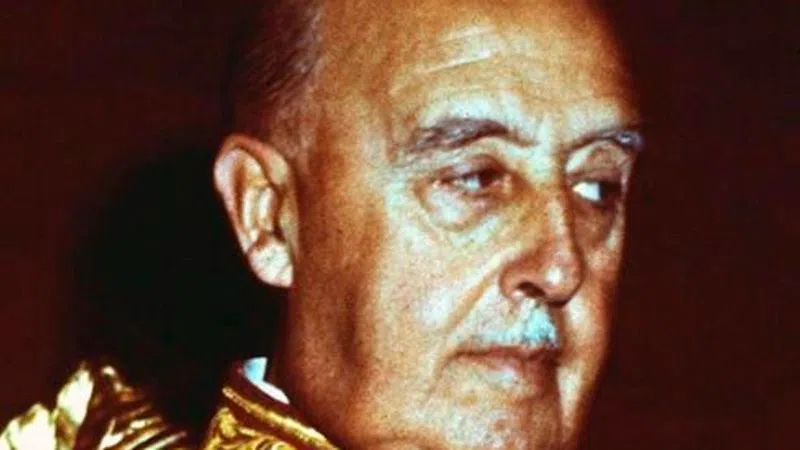
Opening new chapter, Spain exhumes Gen. Franco’s remains
MADRID — Turning a momentous page in its history, Spain on Thursday exhumed the remains of dictator Gen. Francisco Franco from his grandiose mausoleum outside Madrid and reburied them in a small family crypt north of the capital.
The day-long operation featured Franco’s coffin being flown by helicopter to its new resting place, and the event was broadcast live on television and watched closely across the country. Large parts of the ceremony were carried out behind closed doors and in private, however.
Spain’s Socialist government was behind the decision to move the 20th-century autocrat’s remains, saying it wanted to settle a long-standing debt to its victims.
Many in Spain considered the vainglorious Valley of the Fallen mausoleum, which Franco had built for his tomb, to be an insult to the hundreds of thousands of people who died in Spain’s 1936-39 Civil War, which Franco’s forces won, and to those who suffered persecution under his subsequent near-four-decade regime.
